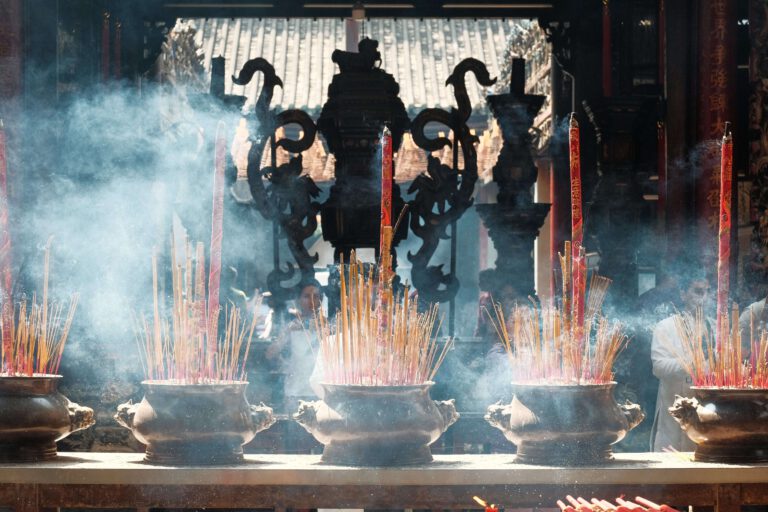The Origin of Chicago River Green Dye Tradition
The Chicago River turns green for St. Patrick’s Day in Chicago. In 1962, city workers dyed the river green with 100 pounds of dye, sparking an annual tradition. Originally, the green dye aimed to clean up the river’s waste-filled waterfront areas. Efforts to clean the river increased over time, including constructing waste treatment plants and reversing the river’s flow.
Evolution of the Tradition
When Mayor Richard J. Daley took office in 1955, he aimed to develop the riverfront and used the green dye to trace sewage sources. Initially, Daley proposed dyeing Lake Michigan green, but opted for the Chicago River instead, at the suggestion of a friend. The dye formula, now a closely guarded secret, has evolved from oil-based to powder.
Concerns and Copycats
While the green dye is deemed harmless, advocacy groups like Friends of the Chicago River worry about unapproved imitations. Despite efforts to control the dyeing, unsanctioned events persist. The tradition has inspired other U.S. cities to dye their own waterways, despite environmental concerns.
Future of the Tradition
The Chicago River dyeing tradition continues to draw crowds annually, with thousands gathering to celebrate. As the practice spreads to other cities, calls for environmental protection and evolving traditions grow louder.



